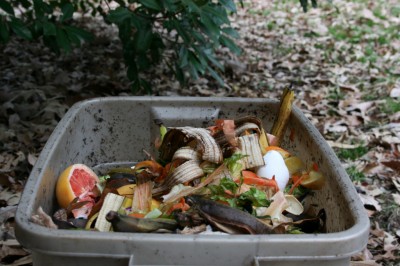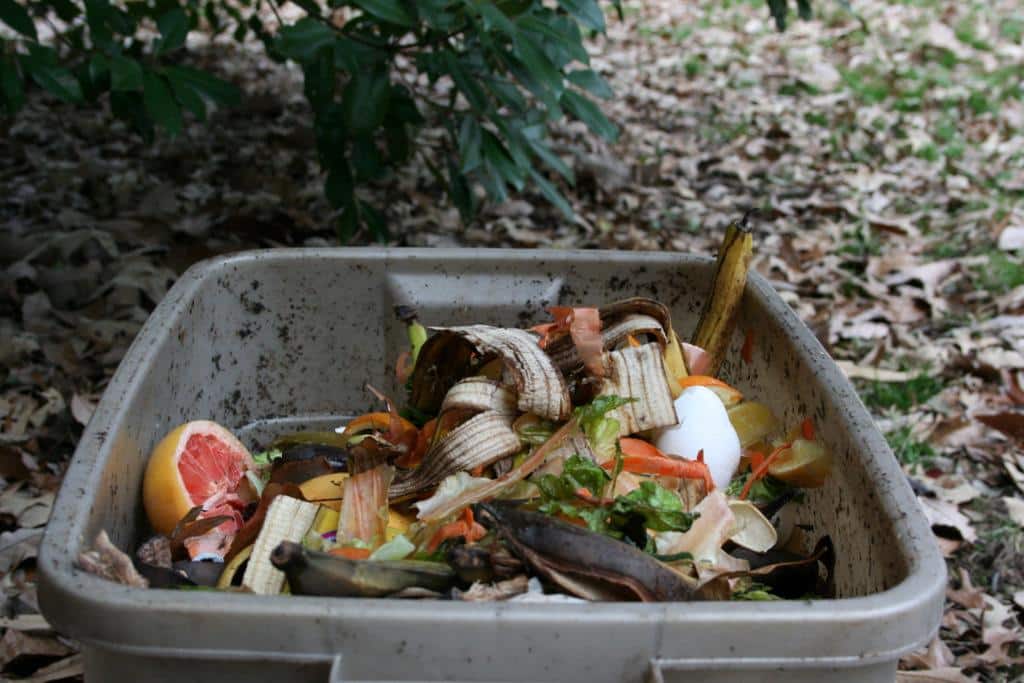
How would you like to produce your own biogas?
Biogas is produced by anaerobic bacteria (the kind that can only survive in the absence of oxygen) that break down organic material into methane and carbon dioxide, or “biogas.” Your stove, your gas heaters, and almost anything that is fueled by natural gas can be fueled by biogas. A biogas digester is an airtight container that stores organic wastes while the anaerobic bacteria decompose them into biogas. Biogas digesters are already being used on homesteads across the globe — mostly in India, South Africa and Australia — and on large-scale farms throughout the United States and Canada.
Technically, there are two types of biogas digesters: continuous load and batch load. Most homesteaders will want a continuous load digester. Having consistent, continuous waste input will keep your gas production steady and predictable. A batch load digester is more suited to large-scale farms or regional biogas plants that get truckloads of waste at a time, or for homesteaders who don’t want to bother adding waste and clearing out effluent (partially digested waste) every day. Although it is a bit more work, a continuous load system, with an outlet to release used-up effluent, is much more efficient than a batch load, “set it and forget it” system. The regular addition of fresh waste feeds the anaerobic bacteria and keeps your biogas production stable.
Storing Biogas
Getting nature to produce biogas is the easy part. A biogas digester can be as simple as a 55-gallon drum with an airtight seal and a gas outlet. Fill it up with your wastes, adding enough water or liquid waste to keep it a “slurry,” close and seal the lid, and you’re in business making biogas. Storing the resulting biogas is the tricky bit. Fortunately, it’s been done before, by millions of people the world over, in countless ways.
The Most Versatile Backup Stove In The World Allows You To Cook Anything, Any Time, Any Where
The simplest way to store biogas is inside the digester itself. If you choose this method, your digester needs to be big enough to hold the mix and the biogas it generates. Otherwise, you run the risk of pressure building up inside the digester, potentially causing leaks or even a blow-off. A pressure relief valve on top will eliminate this problem. From the gas outlet you can run a line of flex tubing directly to your stove, now powered by biogas!
Or, if you expect your digesters will generate a surplus and need a more permanent storage solution, try the bag method. For decades, farmers in China have used doubled-up garbage bags to collect and store biogas. Necessity is the mother of invention, but you can do better. One rancher in Nevada uses inner tubes from truck tires to store his biogas; the digesters (a series of 55-gallon drums packed with “slurry”) produce the biogas, and polyethylene pipes take the biogas to a mainline (made of PVC and equipped with manifolds, moisture drains and shutoff valves) which fills up the inner tubes. The biogas is then piped underground to the house, where it powers stoves and heaters. When a digester is done producing biogas, he closes the shutoff valve, unhooks the gas outlet, pops the lid and uses the digested waste as fertilizer.
Before you start getting ready to tear up your monthly utility bill, you’ll need to know roughly how much usable waste your family generates each month. What’s usable waste? Almost everything you throw away or bury underground at present. Kitchen scraps, animal dung, human waste (liquid and solid) — anything organic will generate biogas under the right setup. The general rule about yields is that one pound of waste will generate about 3ft3 of biogas. How much you put in will determine how much you get out, but there are several ways to increase your biogas production while keeping your setup relatively small.
Story continues below the video:
Temperature, pH, and C/N Ratio: How to Get the Most Biogas From Your Household Waste
High temperatures and a neutral pH are ideal for anaerobic digestion. The optimal temperature range for anaerobic digestion to occur rests between 85°F and 95°F (29°C and 35°C ). Anaerobic digestion and biogas production can occur at lower temperatures, as well, but at a much slower rate. Ranchers and homesteaders in Nevada, which can get cold in the winter months, use greenhouse sheds to keep their digesters closer to the temperature optimum. At temperatures between 85°F and 95°F, complete anaerobic digestion takes about a month. After that, your mix has completely broken down and is suitable as fertilizer. Also, the pH of your mix should be as close to 7.0 as possible, as anaerobic bacteria will die in extremely acidic or alkaline environments.
Harness The Power Of The Sun When The Electricity Goes Out…
Cow dung is the staple constituent of biogas digesters in India. Millions of Indian households use a simple mix of cow dung and water, in a roughly 50:50 ratio, to generate enough biogas for their daily heating and cooking needs. The cow is a sacred animal in Hinduism, and its dung is considered by many Indians to be the best source of biogas. Cow dung is an excellent source of biogas, but even it can be improved. Researchers in Bangladesh achieved a 30 percent increase in biogas production by adding cow urine to the mix, in a ratio of 50:35:15 (dung, urine, water). The purity of the resulting biogas also increased, with more methane (CH₄) and less carbon dioxide (CO₂).
The increase was due to the extra nitrogen added by cow urine. Alongside volume, temperature and pH, the ratio of carbon to nitrogen in the mix (the C/N ratio) is the most essential factor that determines how much biogas your digester will produce. Cow dung has an almost-perfect C/N ratio just by itself, and the addition of cow urine, as the Bangladeshi researchers discovered, makes it even better.
Chicken manure is a bit problematic because it contains so much nitrogen. Chicken manure makes excellent fertilizer, but when put into a digester it can throw off the C/N balance, and may even lead to high levels of ammonium, which is toxic to anaerobic bacteria. If you do use poultry manure in your digester, adding some sawdust, which is almost pure carbon, can help restore the C/N balance.
Do you use biogas? What advice would you add? Share your thoughts in the section below:
Sign up for Off The Grid News’ weekly email and stay informed about the issues important to you












